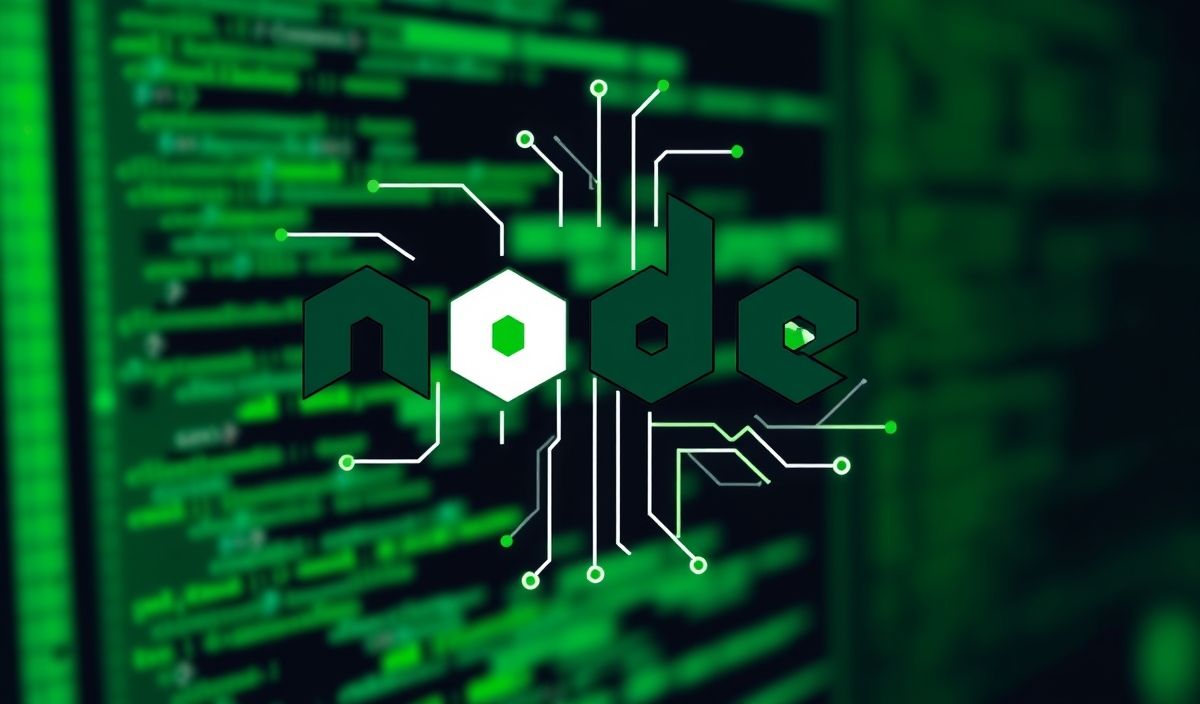Introduction to Komada
Komada is a modular bot framework for Node.js that optimizes developers’ work by simplifying creating and maintaining bots. It uses a plugin-based system that allows for easy addition and removal of functionalities. In this post, we’ll explore dozens of useful API explanations with code snippets to help you get started with Komada.
Setting Up Komada
First, ensure you have Node.js installed. Then, you can set up a new Komada project using npm:
npm install komadaBasic Example
Here’s a basic setup for a new bot using Komada:
const { Client } = require("komada");
const client = new Client({
ownerID: "YOUR_DISCORD_ID",
prefix: "!",
commandEditing: true,
commandLogging: true,
readyMessage: (client) => `Logged in as ${client.user.tag}!`
});
client.on("error", console.error);
client.login("YOUR_DISCORD_TOKEN");
Commands
In Komada, you can easily define commands. Here’s an example of a simple ping command:
const { Command } = require("komada");
module.exports = class extends Command {
constructor(...args) {
super(...args, {
name: "ping",
enabled: true,
runIn: ["text", "dm"],
});
}
async run(msg) {
return msg.reply("Pong!");
}
};
Events
Handling events is straightforward. Here’s an example of welcoming a new member:
const { Event } = require("komada");
module.exports = class extends Event {
constructor(...args) {
super(...args, {
name: "guildMemberAdd",
enabled: true,
});
}
run(member) {
member.guild.defaultChannel.send(`Welcome, ${member.user.tag}`);
}
};
Middleware
Middleware allows you to run code before and after commands. Here’s an example of a simple middleware:
const { Middleware } = require("komada");
module.exports = class extends Middleware {
constructor(...args) {
super(...args, {
enabled: true,
});
}
async run(msg, command) {
console.log(`Command ${command.name} is executed!`);
}
};
App Example
Below is an example of a complete application using the APIs introduced above:
const { Client } = require("komada");
const { join } = require("path");
const client = new Client({
ownerID: "YOUR_DISCORD_ID",
prefix: "!",
commandEditing: true,
commandLogging: true,
readyMessage: (client) => `Bot is online as ${client.user.tag}!`
});
client.on("error", console.error);
client.login("YOUR_DISCORD_TOKEN");
client.registry
.registerDefaults()
.registerCommands(join(__dirname, "commands"))
.registerEvents(join(__dirname, "events"))
.registerMiddleware(join(__dirname, "middleware"));
By integrating these elements, developers can create powerful, flexible bots. These examples provide a foundation for further customization and functionality.
Hash: 01189eb6f4359bdff29440212e63aa8e602f9707adff5d41c857887ad3c6b544




